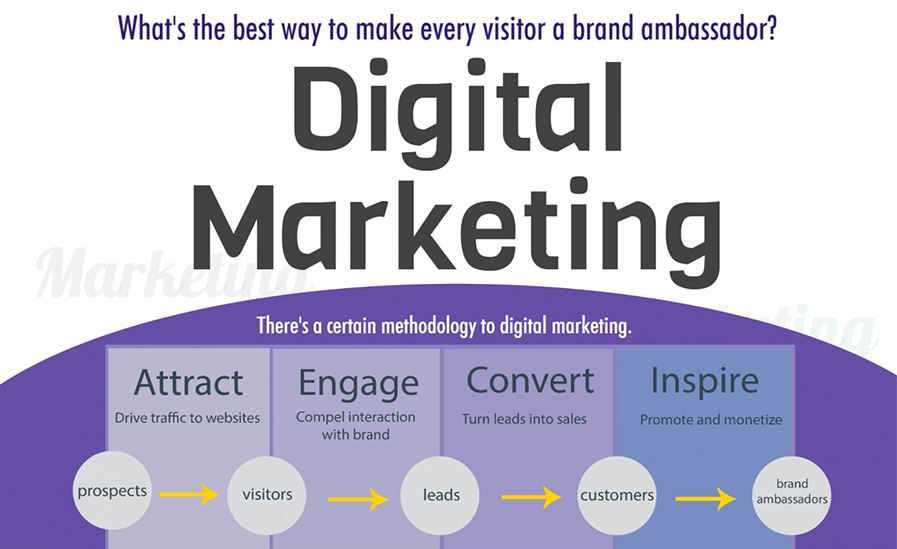Blogs, white papers, case studies, eBooks…they’re all great tactics for engaging customers and generating leads. Yet brands can’t overlook the growing importance of interactive content for amplifying brand positioning and customer appeal. While traditional blog and PDF content remains significant, interactive Web experiences have become key for bringing brand visions to life and delivering greater overall value.
So, what does interactive content actually look like? Consider those BuzzFeed quizzes you’re addicted to (we all want to know what kind of pizza we are, right?) Or, a monthly payment estimator on a car dealership’s website. It could be an interactive map used by citizens living in a region prone to certain natural disasters. Interactive content is anything that a person can actively engage with—beyond simply downloading and reading—to deepen brand loyalty and advocacy.
Interactive content is everywhere today, and it can be strategically used by companies regardless of what products or services they offer. If you’re not yet on board, you should be: 90% of consumers say they want more visual and interactive content. 90% of consumers say they want more visual and interactive content Share on X
Here are nine types of interactive content to consider for your business in 2019:
1. Interactive Map
Consider an interactive map for displaying customer success stories across different geographical areas. In this way, a location can be clicked on to learn more about a featured customer and how your organization supported them. This kind of map can also be used to tout location-based services. Consider this interactive map from Inside Japan Tours, which guides users through the company’s many available touring destinations.
2. Interactive Timeline
Use an interactive timeline to visualize your company’s history; allow users to go back in time or into the future to get an idea of where your brand is headed in line with vision and goals. Or, highlight the history of something related to your products or services (i.e. the history of the telephone, the evolution of music). Consider this interactive timeline from French TV channel Canal+ that outlines sports facts from 2007 to 2014.
3. Virtual/Augmented Reality
Practically any consumer-facing product can be featured as part of an interactive VR or AR mobile app. For example: allowing customers to try on your top-selling clothing items, do a virtual makeover using your cosmetic products, or see what a piece of furniture would look like in a certain area of the home. Consider Transamerica: the holding company launched an AR app in 2014 that allows users to point their smart device at Transamerica printed advertisements to learn more about retirement savings.
4. Interactive Graphs
Create an interactive graph that uniquely visualizes data to help customers come to more informed conclusions faster. Consider this interactive graph calculator, built by New York Times Graphics Department Editor Mike Bostock, that offers a cost/benefit analysis for prospective homebuyers. The graph is part of The Times’ publication titled, “Is It Better to Rent or Buy?”
5. Webinars
A tried-and-true tactic that falls under interactive content with its Q&A capabilities and in-session polls. According to the Content Marketing Institute’s 2018 “Benchmarks, Budgets and Trends Report,” webinars and similar online presentation platforms are ranked within today’s top five most effective technologies for content marketing.
6. Web Sliders
Use Web sliders to uniquely showcase your product/service portfolio, or simply to create a more exciting user experience. The website for Visit Philadelphia, for example, features stunning visuals, engaging video and seamless Web sliders for learning more about city events and activities.
7. Facebook Live
In today’s age of transparency and authenticity, the idea of a company being live on-screen with an audience speaks volumes. In fact, Facebook Live videos have been shown to generate watch times 3x longer than standard videos. Like webinars, Facebook Live also allows hosts to launch in-session polls.
8. 360-degree Video
VR video has become a powerful tool for creating more authentic and emotional experiences. AMC, for example, created a 360-degree video to promote its new horror show The Terror, allowing viewers to explore a doomed ship in the Arctic. Companies across virtually every industry can use these videos to take engagement to the next level, from tours to product demos to immersive branded adventures.
9. Virtual Tour
Show customers exactly what they can expect to see at your corporate headquarters, branch locations, etc. by creating a virtual tour. This is the same thing as a 360-degree video, but positioned as a walkthrough of a specific site. Consider this video from Iron Mountain, which offers a virtual tour of the company’s U.S.-based underground data center facility.
With 70% of companies creating more content today than a year ago, it’s imperative that brands go the extra mile to differentiate and engage. Interactive content is a relatively easy way to provide better value, while creating more data touchpoints that can be capitalized on to drive retention and satisfaction.
So, will your brand be creating interactive content in 2019? Let us know in the comment section below.
Related Posts
At the age of 24, I became the youngest Director of a prominent, CT-based content marketing agency. Then, I launched a content marketing company from the couch of my one-bedroom apartment. Now, I serve 20+ clients worldwide based out of beautiful Southern California. As an independent Content Marketer and former Director in the agency world, I understand what businesses want most from their partner (and don’t get). I understand the inherent needs and challenges faced along the journey to success, and it’s my goal to eliminate them by reimagining possibilities and redefining standards.







![How to Make Money on Youtube: 9 Ways Influencers Monetize Their Youtube Channels [Infographic]](https://visualcontenting.com/wp-content/uploads/2017/03/How-to-Make-Money-on-Youtube-1.png)